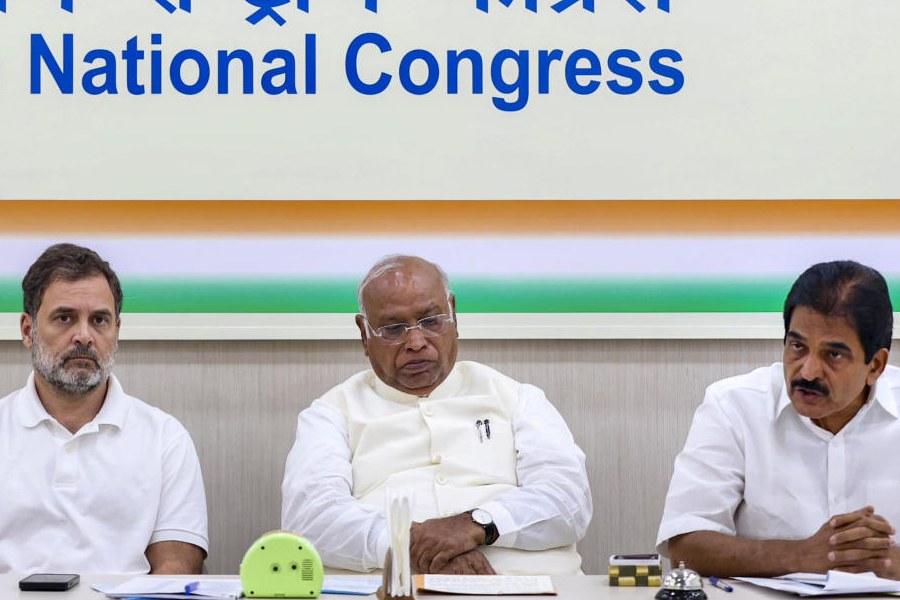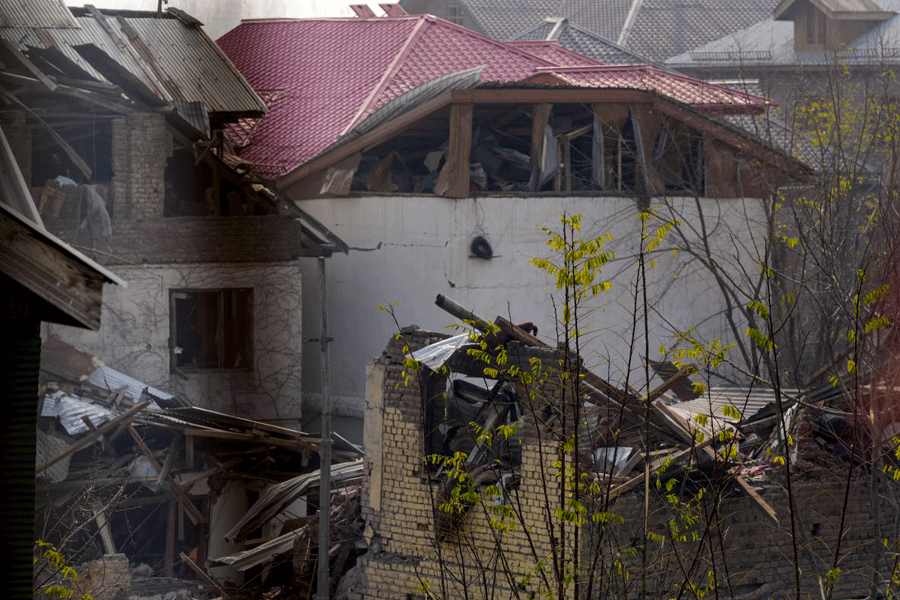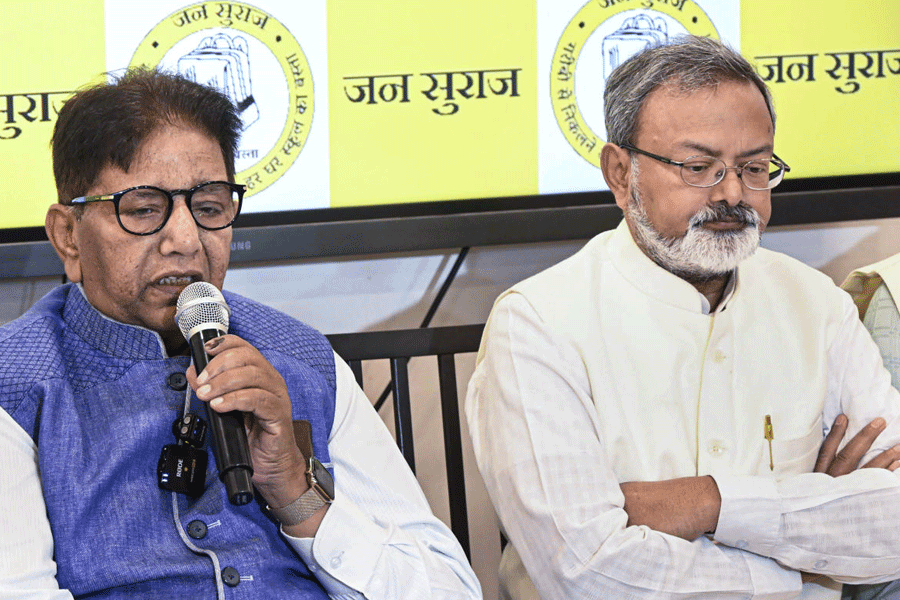 |
Bhubaneswar, Nov. 3: Most Odia movies today might be a hotchpotch of scripts borrowed from the south Indian film industry but a new crop of unorthodox film-makers is bucking the trend and striving to change the “scene”.
Apart from experimenting with original ideas, they are going beyond regional barriers and making waves in the global arena.
One such avant-garde film-maker to have tasted international success is Nila Madhab Panda whose latest project, Jalpari – The Desert Mermaid won the MIP Junior Kids Jury Awards 2012 at Cannes last month. It was the first Hindi movie to win this honour.
Panda believes his original method of storytelling did the trick for him. But would the film have made such an impact had it been made in Odia?
“Cinema doesn’t have a particular language. There is no format, no formula or a set of rules. As long as you can make a good film, you will have ample scope to make it big,” says Panda, who recently participated in the Cinekid Film Festival in Amsterdam, touted to be the largest international film, television and new media festival for children.
Two other film-makers from the state are also contributing to the celluloid world abroad by producing an English film titled Desires of the Heart. Bhubaneswar boy Jitendra Mishra, who was associate producer for Panda’s directorial debut I am Kalam, has teamed up with Solila Parida (producer of the Pooja Bedi-starrer Vishkanya) to finance the project, part of which has been filmed in the US. It is currently being shot in Bikaner, Rajasthan.
Mishra feels that there is no dearth of talent in Odisha, but film-makers have to explore a whole new level.
“I will definitely make Odia films if I get the right kind of collaboration and support here,” he said.
There was a time when Odia films were receiving rave responses both at the local and global levels. In the 80s, the works of noted film-maker Manmohan Mahapatra kept the artistic pride of the Odia film industry high. Seeta Raati, his first film as director, won him the National Film Award for Best Feature Film in Odia – an honour he went on to win seven more times. It was also the first Odia film to be screened at international film festivals.
 |
Other film-makers such as Nirad Mohapatra (Maya Miriga in 1984) and Susant Misra (Indradhanura Chhai in 1993 and Biswaprakash in1999) also made their mark in the global arena with their films being screened at various international film festivals, including Cannes, and winning awards at the national level. Bhukha, a Sambalpuri film by Sabyasachi Mohapatra in 1989, is another such success story.
However, parallel cinema, which had once catapulted this regional film industry to the international league, has now become a rarity.
Dissecting the reasons behind the current scenario, Nirad Mohapatra said: “Our audience base is very small and there are no takers for new ideas. The middle class intelligentsia hardly go to the cinema. Withering away of parallel cinema can be best explained by the evaporation of that group which earlier sustained such efforts. It is sad that we can’t even qualify for the best regional film award every year.”
He also blames the lack of government incentives and plummeting audience interest for the present situation. “Though sporadic attempts have been made like Aw Aakare Aa by Subash Das, they have not cut any ice with the audience,” he says.
“It is certainly possible to make a good film on a shoestring budget. However, with the rapid technological change taking place, a certain gloss is necessary to sustain the attention of foreign viewers. But finally, it is the cinematic quality of a film more than anything else that gets critical acclaim. Anything that sells is being welcomed,” he adds.
Manmohan Mahapatra is, however, hopeful about the future. “Last year two Odia films were shown at the Mumbai film festival. Never mind that this year there were none from the state. Young film-makers are coming up with new ideas. The phenomenon of remakes is temporary. At present, our films have limited exposure but the future of Odia cinema is bright,” he says.
Veteran film-makers suggest that it is pertinent to revisit the cultural roots. In the 60s, a number of literary works had been adapted to films with Mrinal Sen’s Maatira Manisha setting a benchmark in the Odia film history.
“Cinema, being a photographic medium, is culture-specific and good cinema is invariably rooted in a specific culture. But I don’t think any particular film-maker can turn the tide in favour of more sensible cinema. A handful of film-makers, who have continued to make parallel cinema despite all odds, are mainly dependent on the international network. An alternate channel for distribution and exhibition for such films can help matters. But ultimately a film-maker makes films for his people. Unless the audience at home is receptive to new ideas, such attempts cannot thrive,” Nirad Mohapatra signs off.










